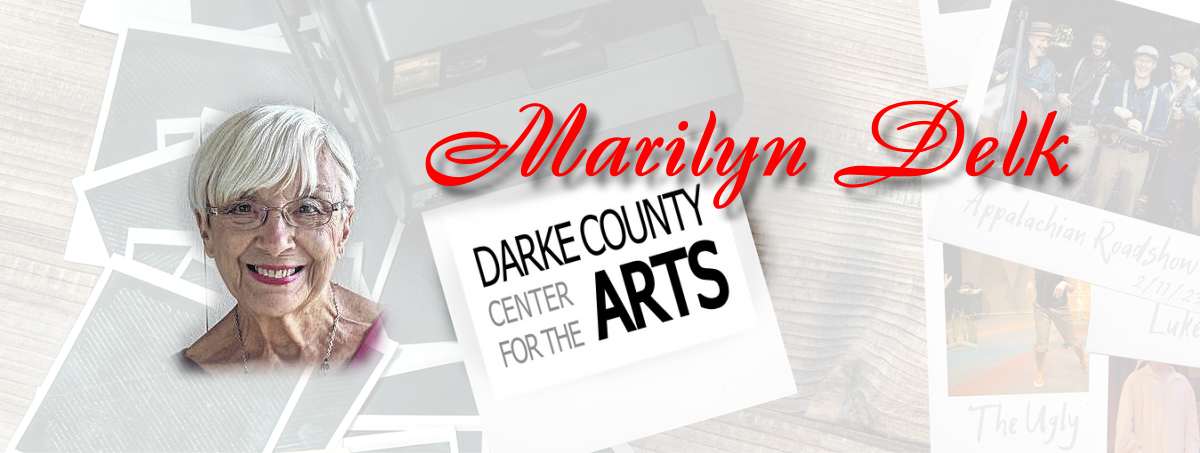
by Marilyn Delk |
When we traveled to Chicago recently to celebrate our wedding anniversary, we planned to visit the Van Gogh exhibition at the Chicago Art Institute—and we did; more about that later. But first, on our initial evening in the Windy City we experienced the wonder of theatre! The prestigious Goodman Theatre is currently presenting a new staging of The Who’s Tommy—and it is amazing!
This production is directed by Des McAnuff, who co-wrote the stage version of Pete Townshend’s rock opera with the composer/guitarist in 1993. The story of a fractured family, a violent act and a traumatized child may not sound like a piece of theatre a normal person would enjoy, much less enthusiastically embrace; however, the Goodman’s Artistic Director has accurately described the show as “a visual/sonic/emotional explosion of . . . what theater can be about.” Reviewers have pronounced the show “spectacular,” “timeless and timely,” “a sensational and sumptuous feast for the eyes and ears.” I enthusiastically concur.
We also took the Architecture Foundation’s delightful tour of Chicago’s landmark skyscrapers as viewed from The First Lady, a boat on the Chicago River. Even though we have traveled this route several times, the ever-changing landscape always delights and amazes, with new skyscrapers constantly joining the masterpieces created by the father of skyscrapers Louis Sullivan and modern master Mies van der Rohe. The undulating shapes and colorful walls of glass are a wonder to behold, tumbling into view one after another, each with its own unique personality and aura.
Our original motivation for making a trip to Chicago, however, was to see “Van Gogh and the Avant Garde: The Modern Landscape,” featuring works by Georges Seurat, Paul Signac, Emile Bernard, Charles Angrand, and, of course, Vincent Van Gogh. These artists explored the landscape along the River Seine in the suburbs of Paris, finding new motifs to inspire their artistic experiments, collaborating and competing, encouraging and critiquing one another’s work.
Among my favorites of the bounty of beauty on display are Fishing in Spring: the Pont de Clichy, Restaurant “La Sirene” at Asnieres, and Outskirts of Paris: Road with Peasant Shouldering a Spade, three scenes created by Van Gogh that may have been inspired by Surat’s masterpiece A Sunday on La Grande Jatte—1884, the monumental work that also inspired the Stephen Sondheim musical Sunday in the Park with George. Although Van Gogh’s method is quite different from Seurat’s meticulous Pointillism, the energetic artist also captures the vibrant energy of nature.
Seurat’s most famous work is on display in its usual location elsewhere in the Art Institute, but studies for A Sunday on La Grande Jatte—1884 are included in this exhibit. Seurat used his broken brushstrokes to capture the popularity of leisure on the island, ironically utilizing the most laborious avant-garde painting techniques to do so.
Seurat and Signac pioneered Divisionism, juxtaposing unmixed, high-contrast colors that combine in the eye to produce the desired tone, and later developed Pointillism which employs tiny dots (points) rather than brushstrokes combining hues that from a distance the eye reads as solid colors. Signac numbered his paintings as opuses, explaining that “the painter has played on his keyboard of colors in the same way that a composer handles the diverse instruments to orchestrate a symphony.” Angrand’s technique differed from his contemporaries who used bright contrasting colors in that he painted with a more muted palette .
Emile Bernard was one of the developers of Cloisonnism in the late 1880’s, featuring flat areas of bright color with bold outlines emulating a form of decorative metalwork in which small compartments (cloisons in French) of enamel are bounded by metal strips. In the Spring of 1886, he and Van Gogh were briefly enrolled in the same studio, but after painting a background in streaks of bright red/orange and green rather than the conventional gray/brown, Bernard was expelled. Not long after that, the two budding artists established a binding friendship.
And that is just a snippet of all that we experienced! As you can infer from the preceding words, Chicago is indeed an arts Mecca, offering a plethora of inspiration and delight.

